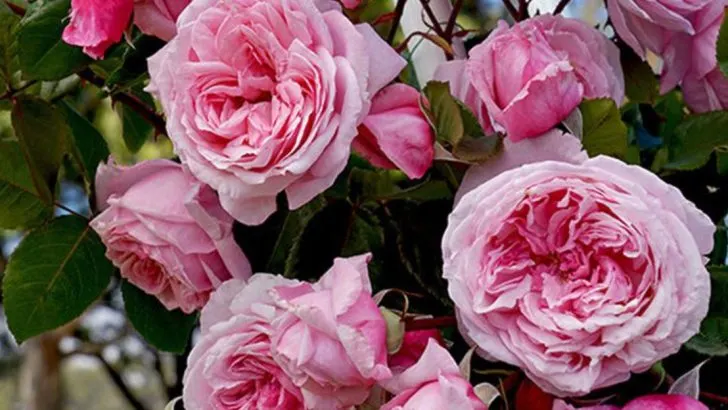Edible flowers are no longer just a garnish — they’ve become a culinary statement, adding flavor, color, and artistry to modern dishes. As the farm-to-table movement grows, more professional chefs are turning to local growers to source fresh, specialty blooms that elevate their menus.
In this article, we reveal 20 culinary flowers that are in high demand by top chefs for their taste, texture, aroma, and visual appeal. From peppery nasturtiums to floral borage and fragrant violas, these flowers aren’t just beautiful — they’re delicious and profitable.
Whether you’re a grower or a gardener, these sought-after blooms could be your next flavorful (and marketable) success.
Nasturtium
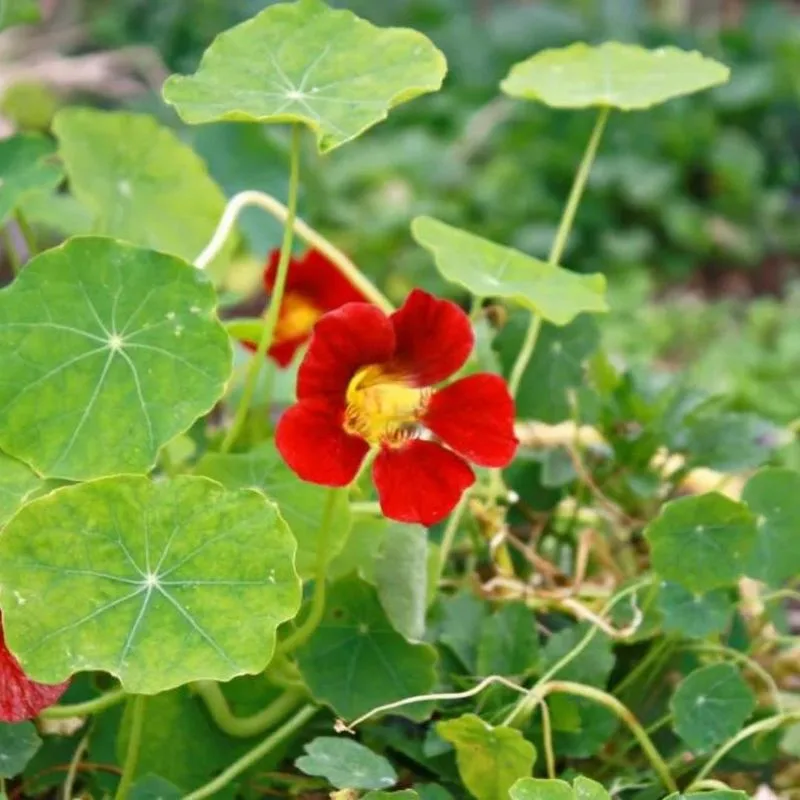
Known for their peppery flavor, nasturtiums are a favorite among chefs. These bright flowers not only bring a splash of color to a dish but also add a zesty kick that can spice up salads and garnishes. Their unique taste and vibrant hue make them versatile in culinary applications.
They are often used to infuse vinegars and oils, imparting a subtle pepperiness. Originating from South America, nasturtiums have a history of being both decorative and functional, making them a cherished choice for creative culinary minds.
Their adaptability in both sweet and savory dishes speaks to their universal appeal.
Borage
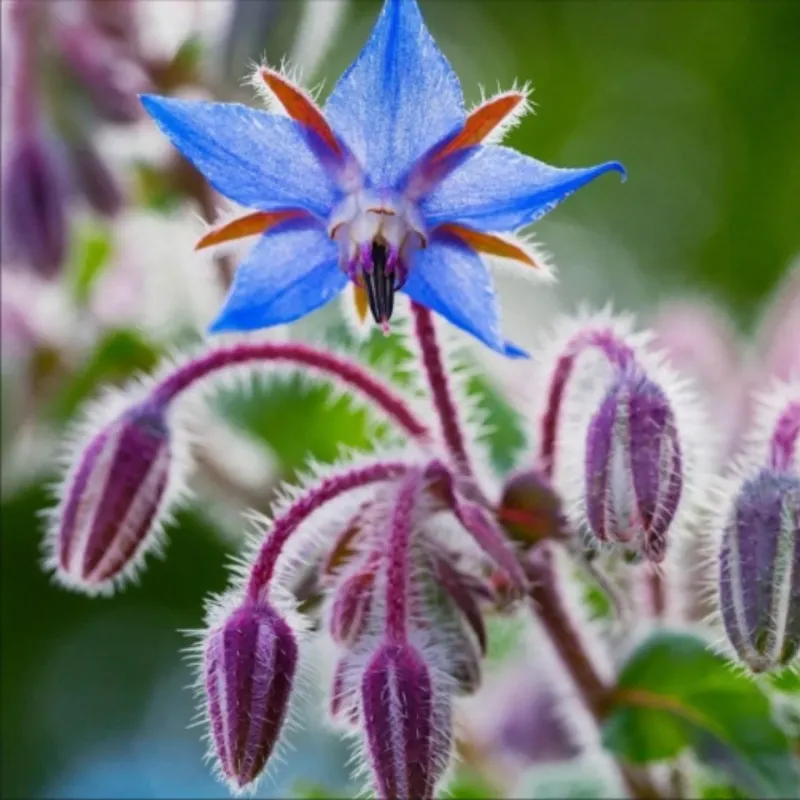
With its cucumber-like taste, borage is a refreshing addition to summer dishes. These star-shaped blue flowers are not just pretty; they bring a cooling flavor that complements salads, desserts, and beverages.
In medieval times, borage was believed to bring comfort and joy, a sentiment that continues in its culinary use today. The plant’s vibrant hue also makes it a popular choice for garnishing cocktails, adding both visual and flavor appeal.
Borage’s ability to enhance a dish with its distinct taste has made it a staple in the kitchens of innovative chefs.
Squash Blossom
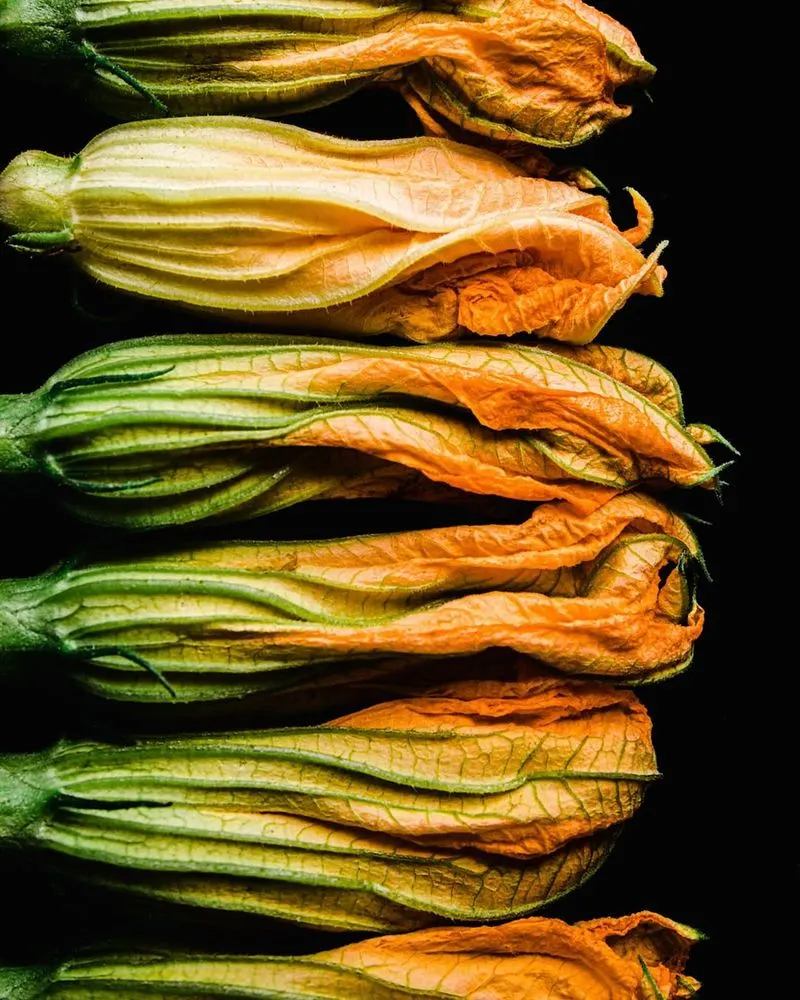
Delicate and mild, squash blossoms are a delightful addition to any menu. These flowers, often stuffed with cheese or battered and fried, offer a subtle flavor that’s both sweet and vegetal.
Beyond their taste, squash blossoms are loved for their texture, which lends itself well to a variety of cooking techniques. Historically, these blossoms have been a staple in Italian cuisine, used to elevate simple dishes.
Their versatility allows chefs to experiment with new recipes, making them a sought-after flower in modern gastronomy.
Violet
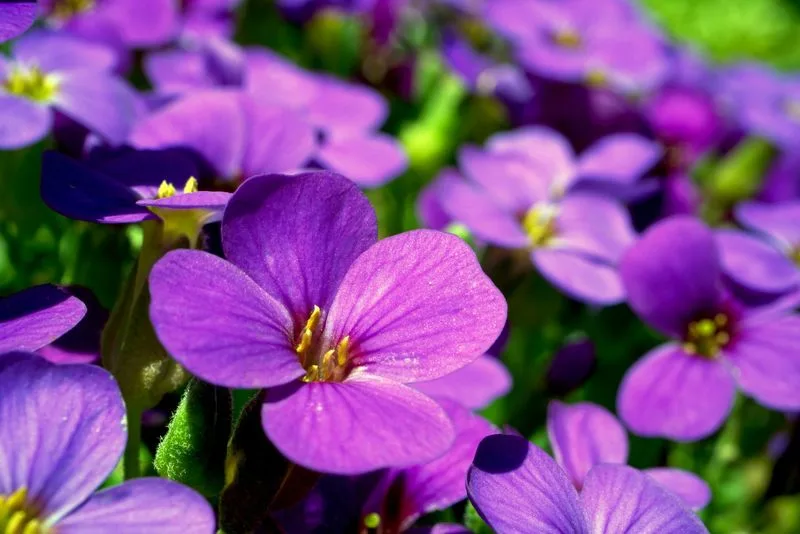
Violets are not just for decoration; their sweet, floral flavor enhances desserts and teas. These small, delicate flowers are often crystallized for cake toppings or infused into syrups.
In Victorian times, violets symbolized modesty and virtue, and today, their culinary uses continue to bring a touch of elegance to dining tables. Their distinct aroma and taste make them a favorite for infusing sugars and oils.
The nostalgic essence of violets transforms ordinary confections into extraordinary delights, capturing the hearts of chefs worldwide.
Calendula
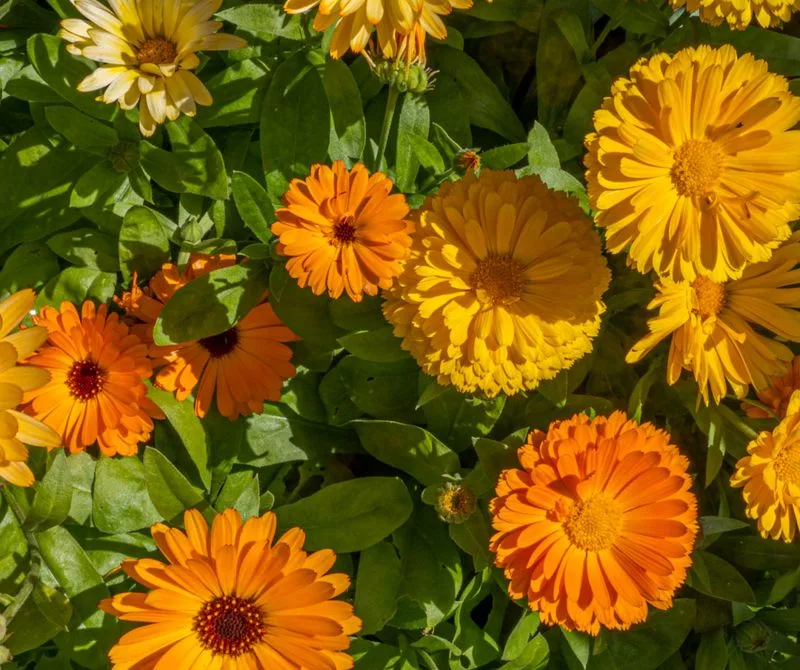
Calendula, often known as “poor man’s saffron,” offers a mildly tangy and peppery taste. These vibrant petals are used to add both color and flavor to dishes, mimicking the effect of saffron at a fraction of the cost.
Their use dates back to ancient times, where they were employed not just in cooking but also for medicinal purposes. The versatility of calendula extends to both savory and sweet recipes, making it a valuable addition to any culinary repertoire.
Chefs appreciate calendula’s ability to adapt to various dishes while providing a burst of color and flavor.
Rose
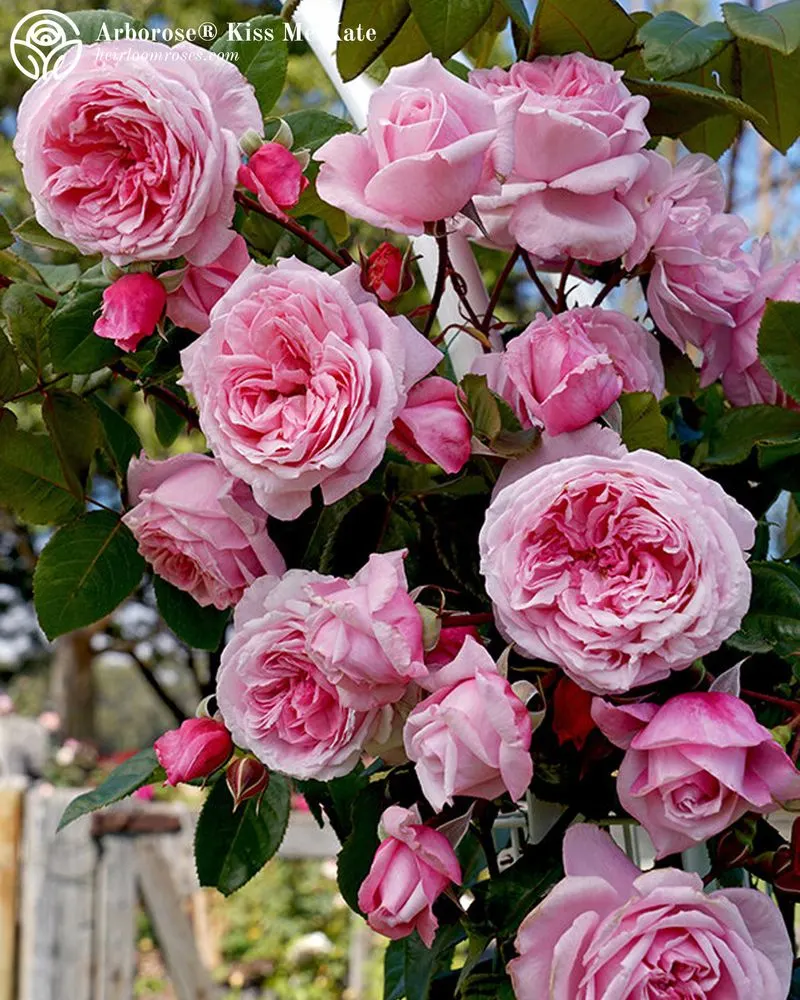
Roses are more than just romantic symbols; their petals add a subtle, fragrant note to culinary creations. They impart a slightly sweet, floral taste that can enhance a range of dishes from desserts to salads.
Rose water, a byproduct of rose distillation, is a staple in many Middle Eastern recipes, lending its unique flavor to sweets like Turkish delight. Historically, roses have been used in both cooking and cosmetics, valued for their aromatic properties.
The versatility and elegance of roses make them a beloved choice in the culinary arts.
Lavender
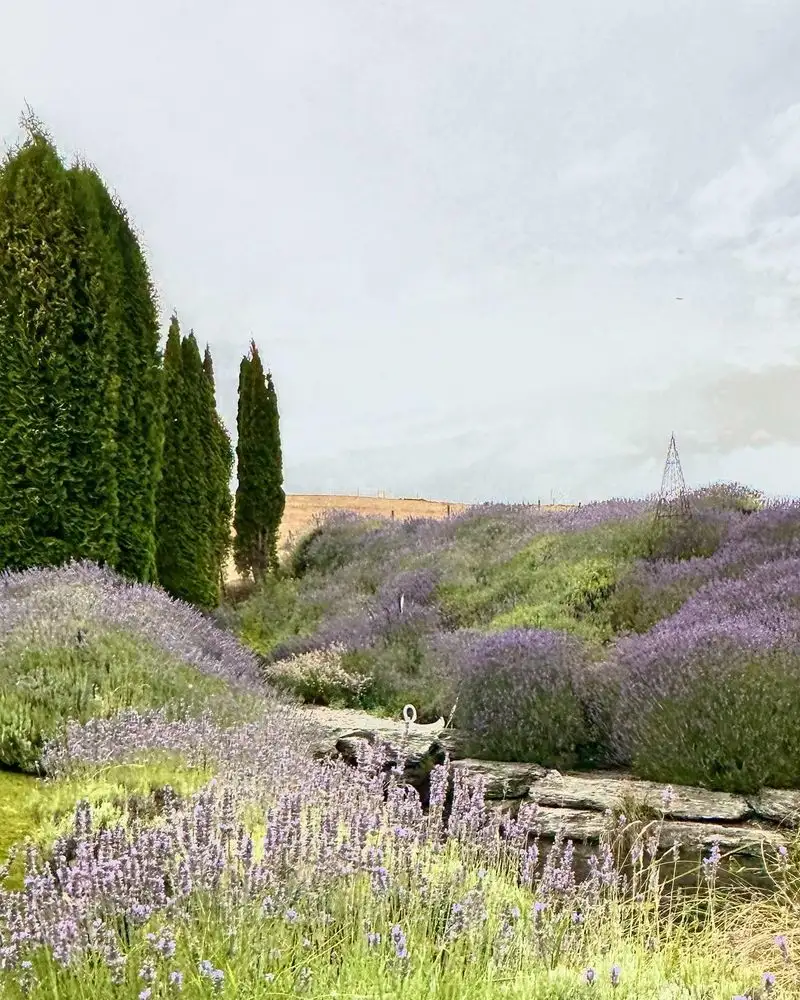
Lavender’s soothing aroma and sweet floral notes make it a favorite for flavoring baked goods and beverages. Its distinctive taste adds a touch of sophistication to desserts like lavender shortbread and ice cream.
Beyond the kitchen, lavender’s calming properties have been cherished for centuries in aromatherapy. In the culinary world, its use is celebrated for the unique twist it brings to traditional recipes.
Chefs often pair lavender with honey or citrus to create balanced dishes that highlight its fragrant qualities.
Hibiscus
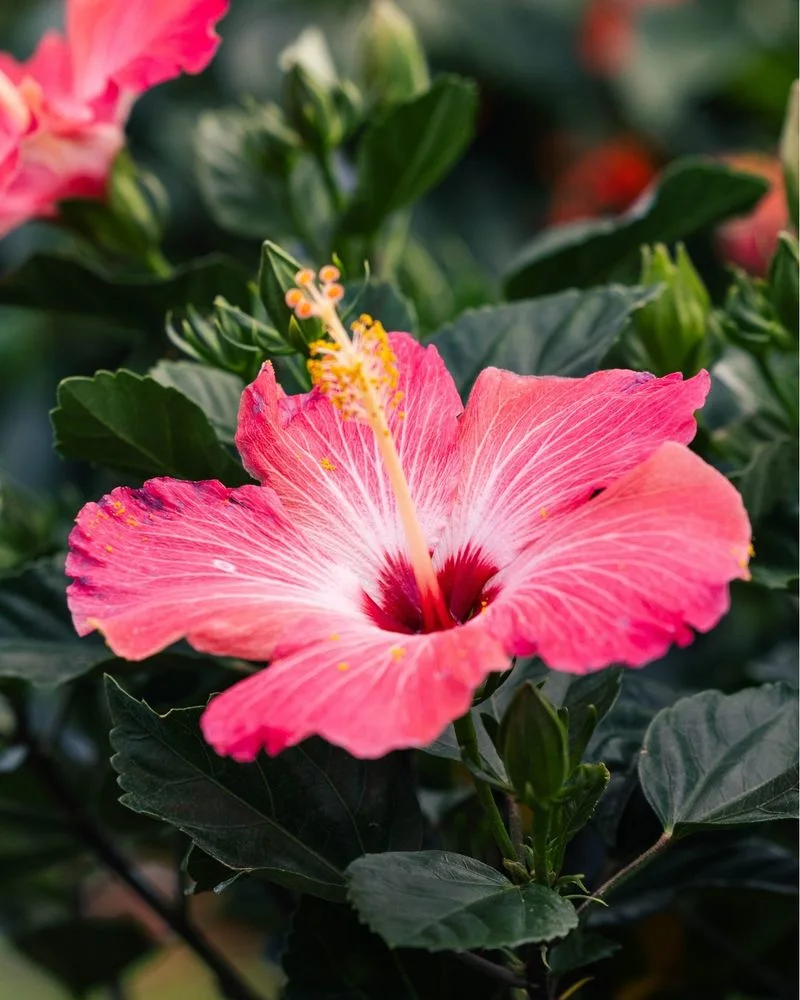
Hibiscus stands out with its tart, cranberry-like flavor, making it a popular choice for teas and cocktails. This vibrant flower also brings a bold color to dishes, whether used fresh or dried.
Historically, hibiscus has been used in various cultures for its medicinal properties, believed to support heart health. In the culinary scene, its versatility allows it to be incorporated into syrups, jams, and desserts.
The striking appearance and flavor of hibiscus make it a cherished ingredient in creative culinary endeavors.
Dandelion
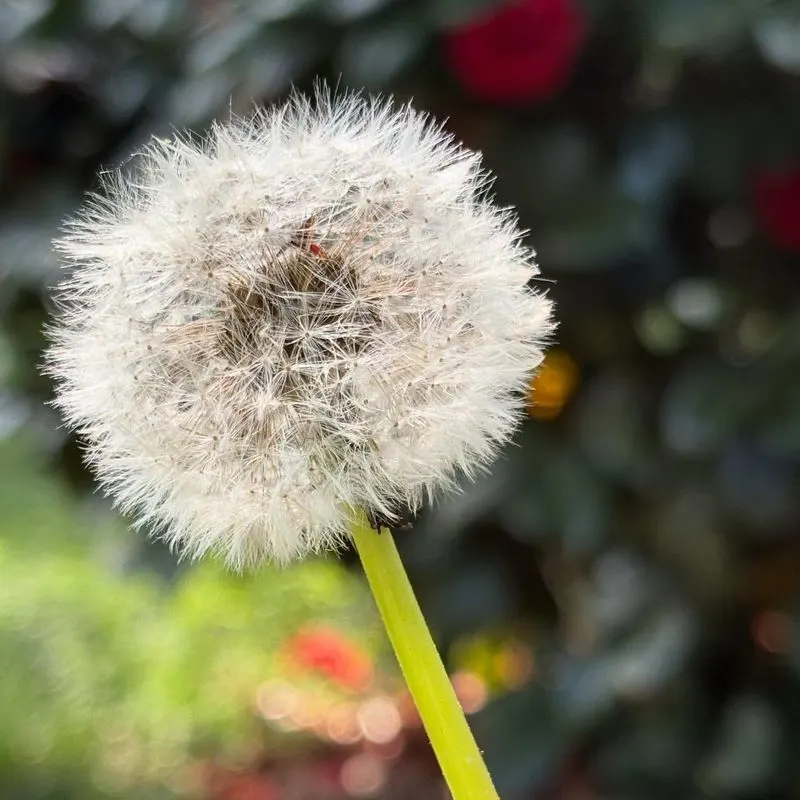
Dandelions, often seen as common weeds, offer a subtle bitterness that can elevate salads and soups. Their bright yellow petals are not only visually appealing but also packed with vitamins and minerals.
Traditionally, dandelions have been used in herbal remedies, celebrated for their detoxifying properties. In the kitchen, they provide a unique flavor profile that complements savory dishes.
Chefs are rediscovering the potential of dandelions, turning this overlooked flower into a sought-after ingredient in gourmet cuisine.
Chive Blossom
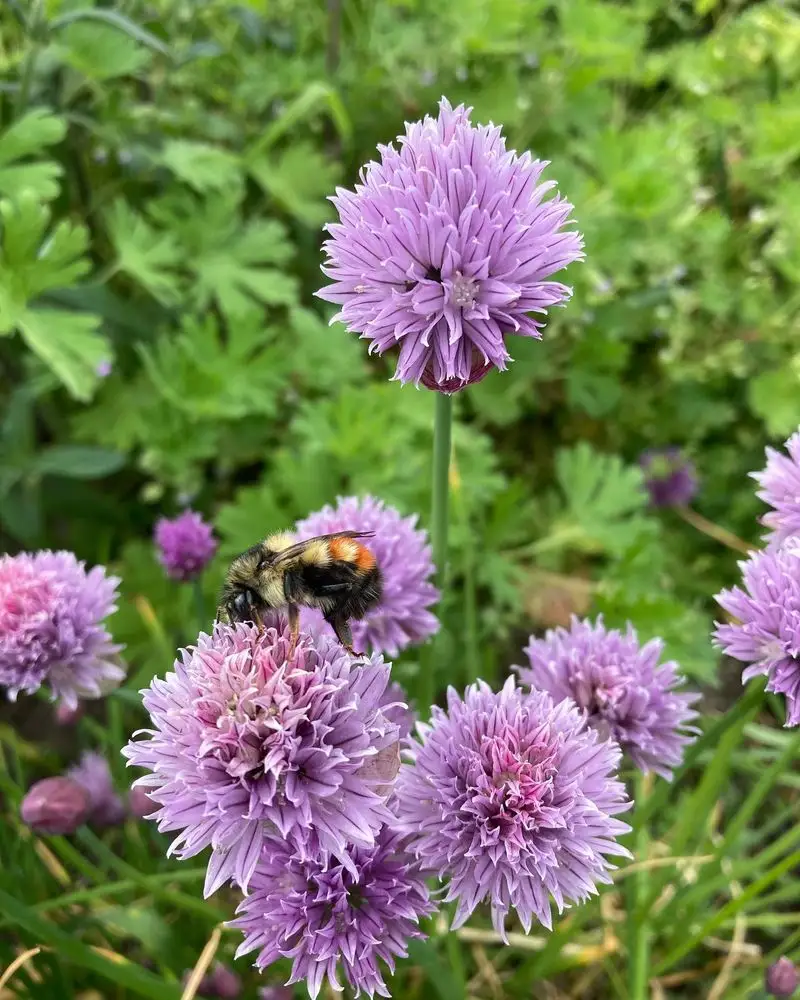
Chive blossoms bring a mild onion flavor to culinary creations, enhancing everything from soups to salads. These purple-hued flowers add a delicate touch to dishes, both in flavor and appearance.
Their subtle taste makes them perfect for infusing vinegars or decorating savory pastries. Historically, chives have been prized for their culinary and medicinal uses, adding both flavor and visual interest.
The understated elegance of chive blossoms makes them a favorite among chefs looking to enhance their dishes with a touch of class.
Elderflower
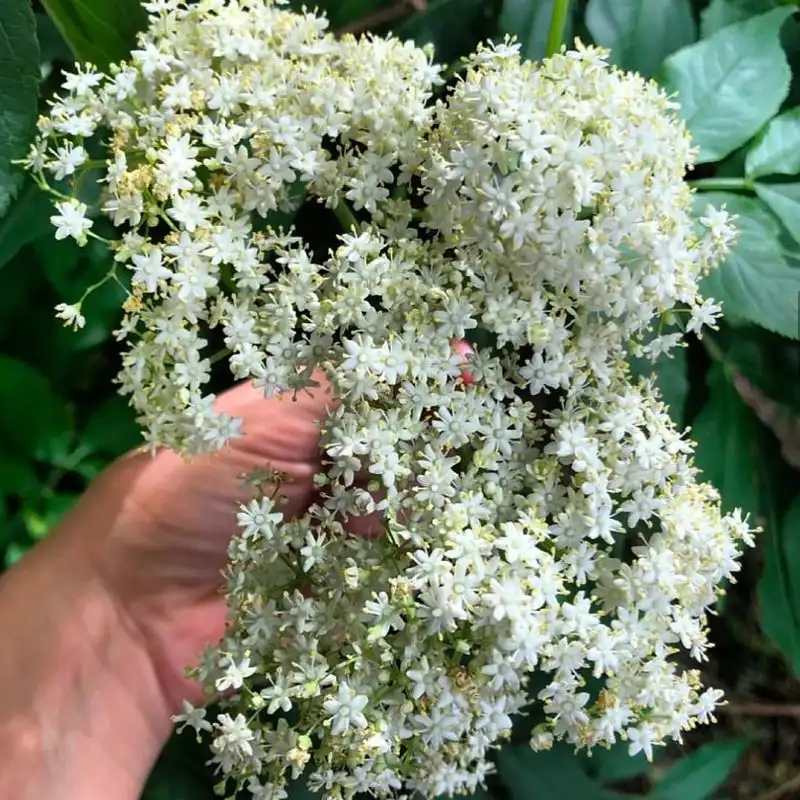
Elderflowers are renowned for their sweet, floral aroma, often used to flavor syrups and cordials. Their delicate taste pairs beautifully with fruits, making them a popular choice for desserts and cocktails.
Elderflowers have been celebrated in traditional European cuisine, where they were believed to bring good luck and health. Their captivating scent and flavor continue to enchant chefs, inspiring a variety of culinary creations.
Whether used in a classic elderflower cordial or a modern dessert, these flowers bring a taste of nature’s elegance to the table.
Pansy
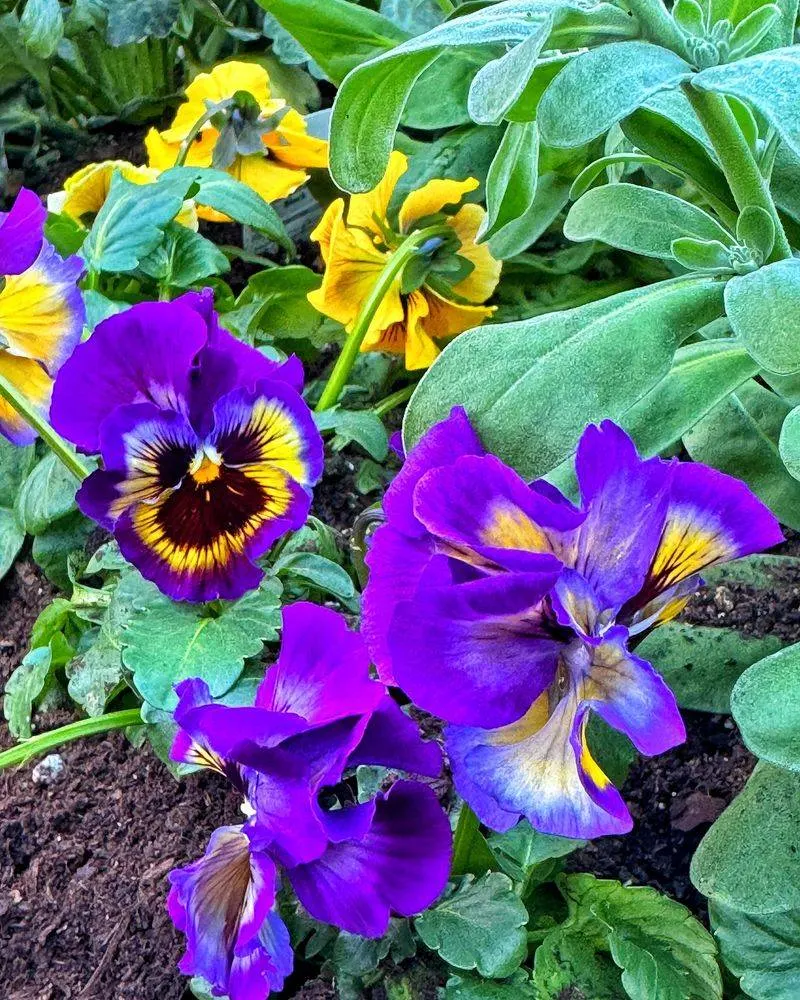
Pansies, with their mild, slightly sweet flavor, are a charming addition to any dish. These edible flowers are not only beautiful but also versatile, suitable for both sweet and savory applications.
Their vibrant colors make them a popular choice for garnishing salads and desserts. Historically, pansies have symbolized thoughtfulness and love, sentiments reflected in their culinary use.
In modern kitchens, pansies offer a playful yet sophisticated touch, transforming ordinary presentations into memorable culinary experiences.
Dianthus
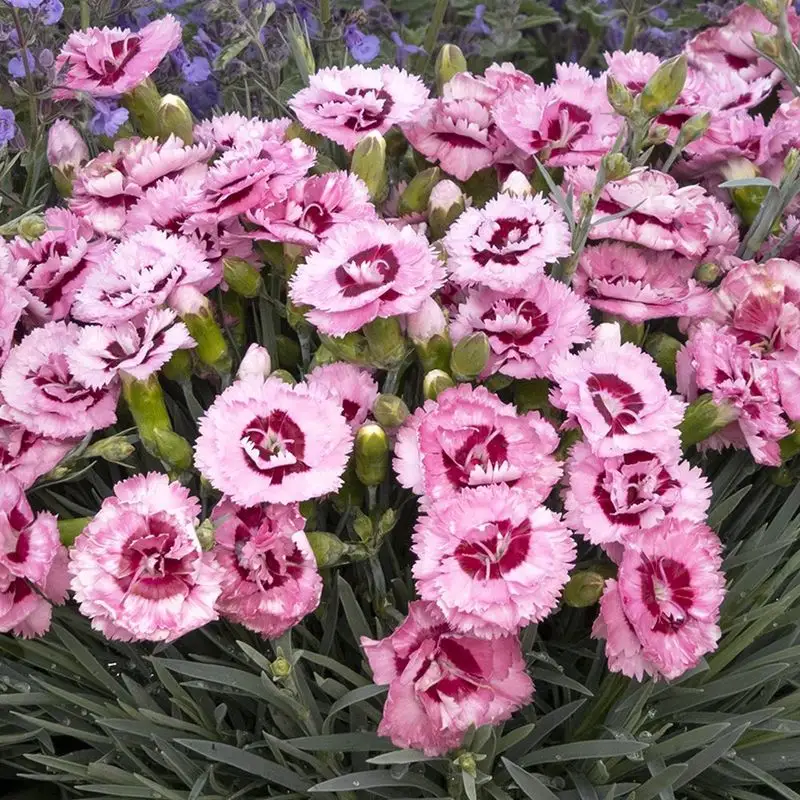
Dianthus, with its spicy, clove-like aroma, adds an unexpected twist to culinary creations. These petite flowers are often used to enhance salads, desserts, and beverages, offering both color and flavor.
In traditional herbal medicine, dianthus was believed to promote relaxation and calm. Their striking appearance and unique taste make them a favorite for chefs seeking to add flair to their dishes.
The interplay of visual appeal and flavor complexity makes dianthus a valued component in inventive culinary adventures.
Marigold
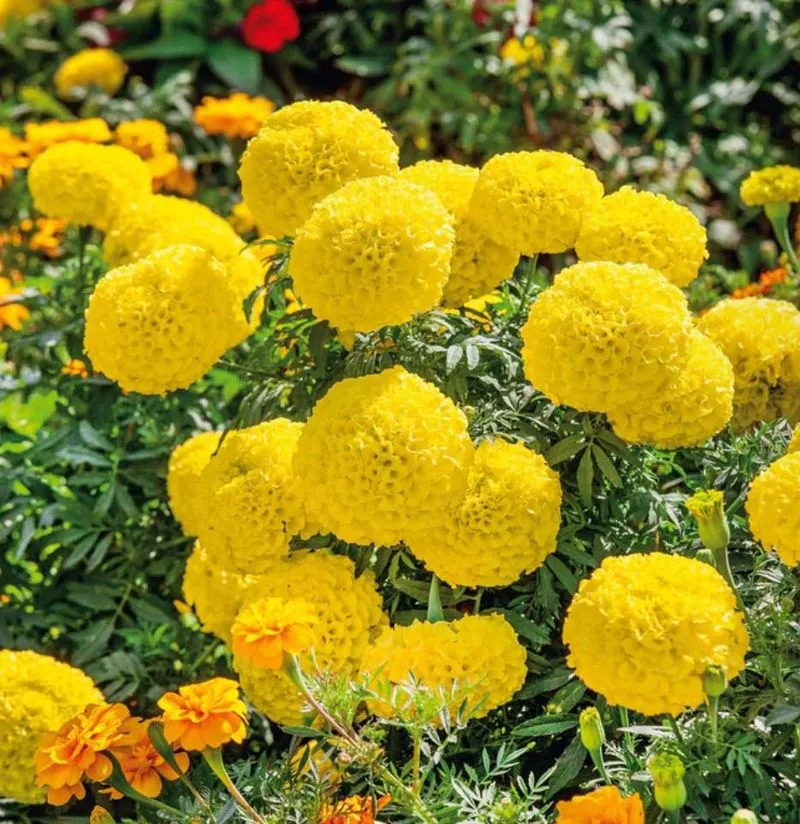
Marigolds, known for their vibrant orange and yellow hues, bring a citrus-like flavor to culinary creations. These flowers are often used to add color and a tangy taste to salads and rice dishes.
Their bright petals have been used historically in herbal remedies and as natural food coloring. In the modern culinary scene, marigolds are celebrated for their ability to enhance both the visual and taste aspects of a meal.
Chefs appreciate the sunny disposition and versatile nature of marigolds in a variety of culinary contexts.
Chamomile
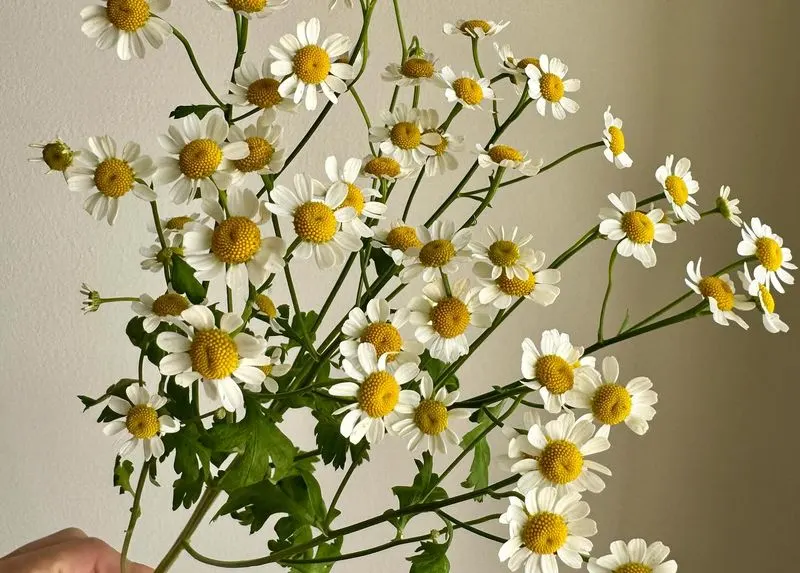
Chamomile is celebrated for its soothing properties and gentle, apple-like flavor. These dainty flowers are often used to infuse teas, adding a calming element to any drink.
Beyond beverages, chamomile can be incorporated into desserts, lending a subtle sweetness and floral note. Traditionally, it has been used in herbal medicine for its calming effects.
In the culinary world, chamomile’s delicate flavor profile makes it a treasured ingredient for chefs aiming to create comforting and aromatic dishes.
Bee Balm
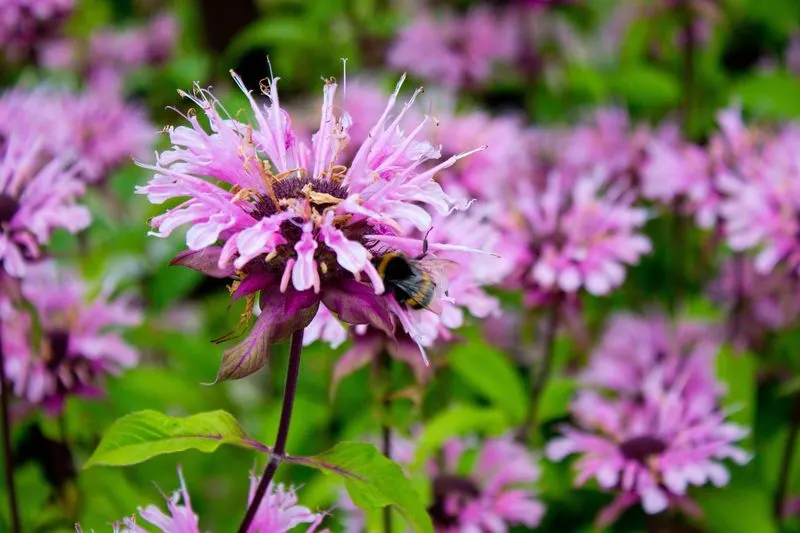
Bee balm, with its vibrant colors and minty flavor, is a delightful addition to both sweet and savory dishes. These flowers not only attract pollinators but also culinary enthusiasts looking to spice up their recipes.
Traditionally used by Native Americans for its medicinal properties, bee balm has found its place in modern kitchens. Its unique taste pairs well with citrus and berries, making it a versatile ingredient.
Whether used fresh or dried, bee balm offers a refreshing twist, enhancing the overall flavor profile of a dish.
Cornflower
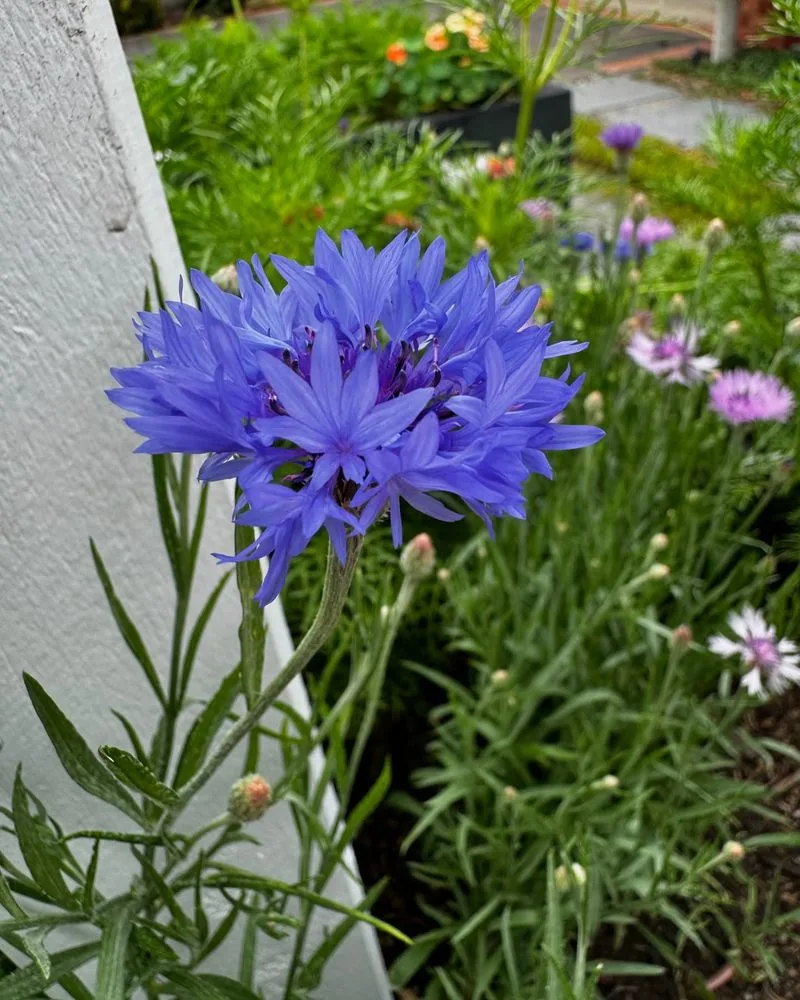
Cornflowers, with their vibrant blue petals, offer a mild, spicy flavor that complements a variety of dishes. These flowers are often used to add color and texture to salads and desserts.
Historically, cornflowers have been associated with love and hope, sentiments that are mirrored in their culinary applications. Their striking appearance and gentle flavor make them a favorite for garnishing and infusing.
In modern cuisine, cornflowers provide both aesthetic appeal and subtle taste enhancement, making them a sought-after choice for creative chefs.
Scented Geranium
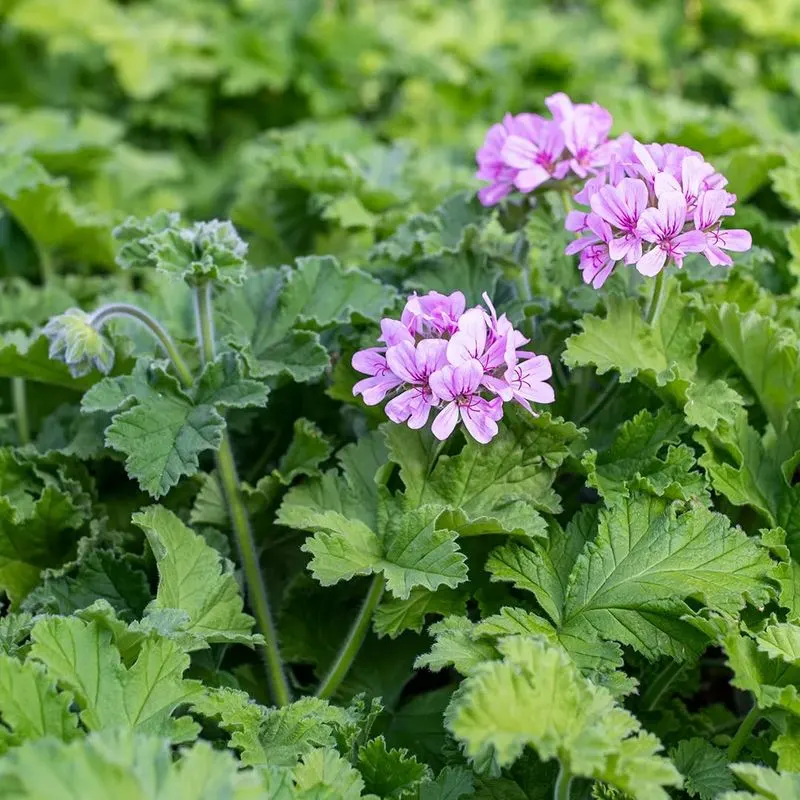
Scented geraniums offer a burst of aromatic flavors, from citrus to mint, depending on the variety. These flowers and their leaves are used to infuse desserts and drinks, bringing a unique twist to traditional recipes.
In Victorian times, scented geraniums were cherished for their fragrant oils used in perfumes. Their diverse flavor profiles allow chefs to explore new dimensions in culinary creativity.
The versatility of scented geraniums in adding both aroma and taste makes them a prized ingredient in innovative cooking.
Sunflower
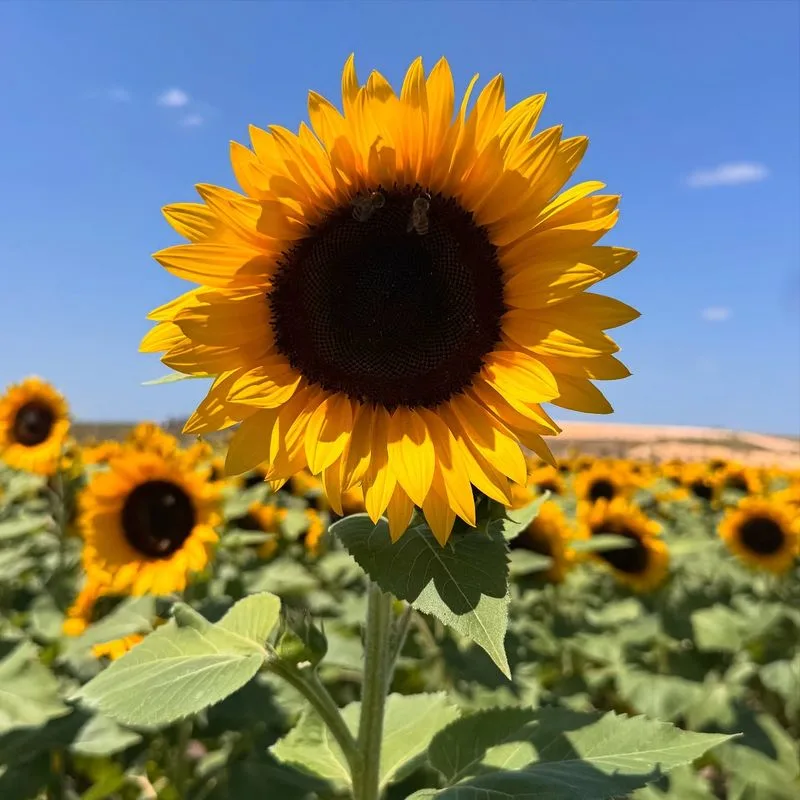
Sunflowers offer more than just their seeds; the petals provide a slightly nutty flavor that can be used in salads and soups. These towering flowers are not only visually striking but also contribute texture and color to culinary creations.
Historically, sunflowers have been cultivated for their seeds and oil, while the petals have been overlooked. Modern chefs are rediscovering their potential, using them to add a unique flair to dishes.
The sunny appearance and subtle flavor of sunflower petals make them an exciting ingredient for adventurous cooks.
Safflower
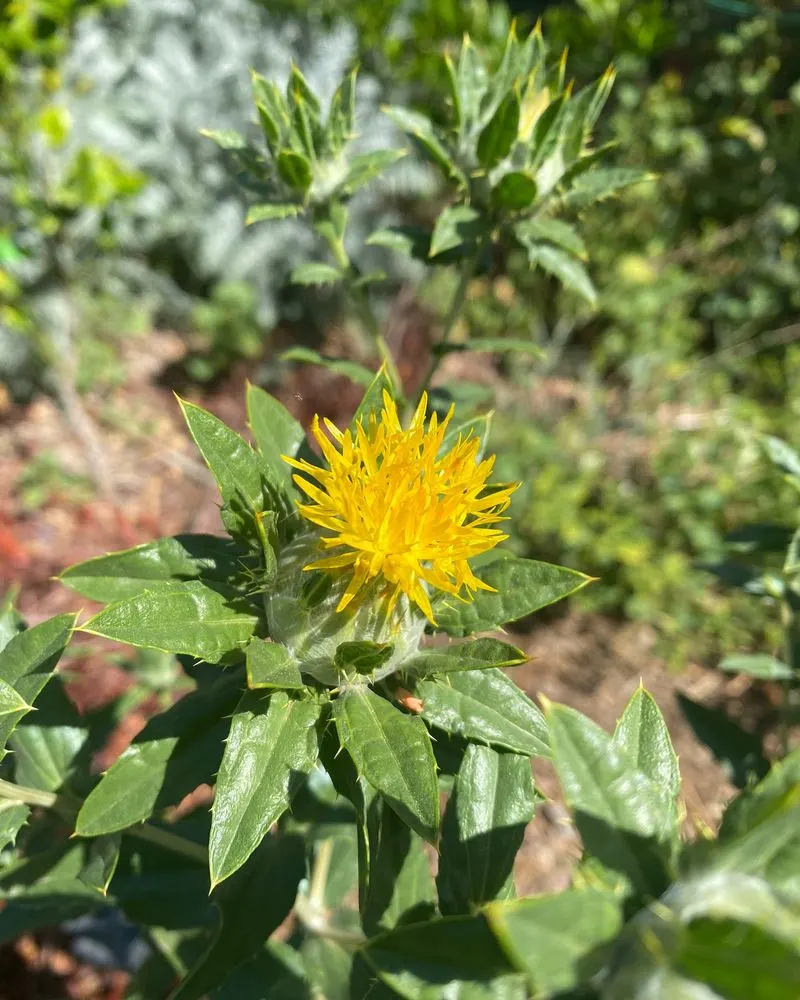
Safflower, often used as a saffron substitute, adds a rich golden color to dishes without the hefty price tag. These flowers provide a mild flavor and are often used in soups and stews.
Traditionally, safflower has been used in dyeing fabrics and as a natural food coloring. Its ability to mimic saffron’s color has made it a valuable addition to both culinary and artistic endeavors.
Chefs appreciate safflower’s contribution to both visual appeal and subtle taste enhancement, making it a cherished choice in diverse cuisines.

